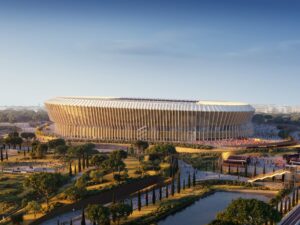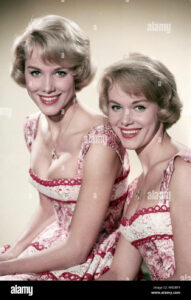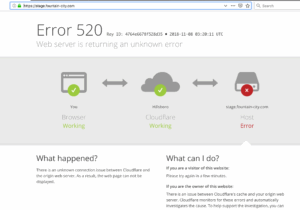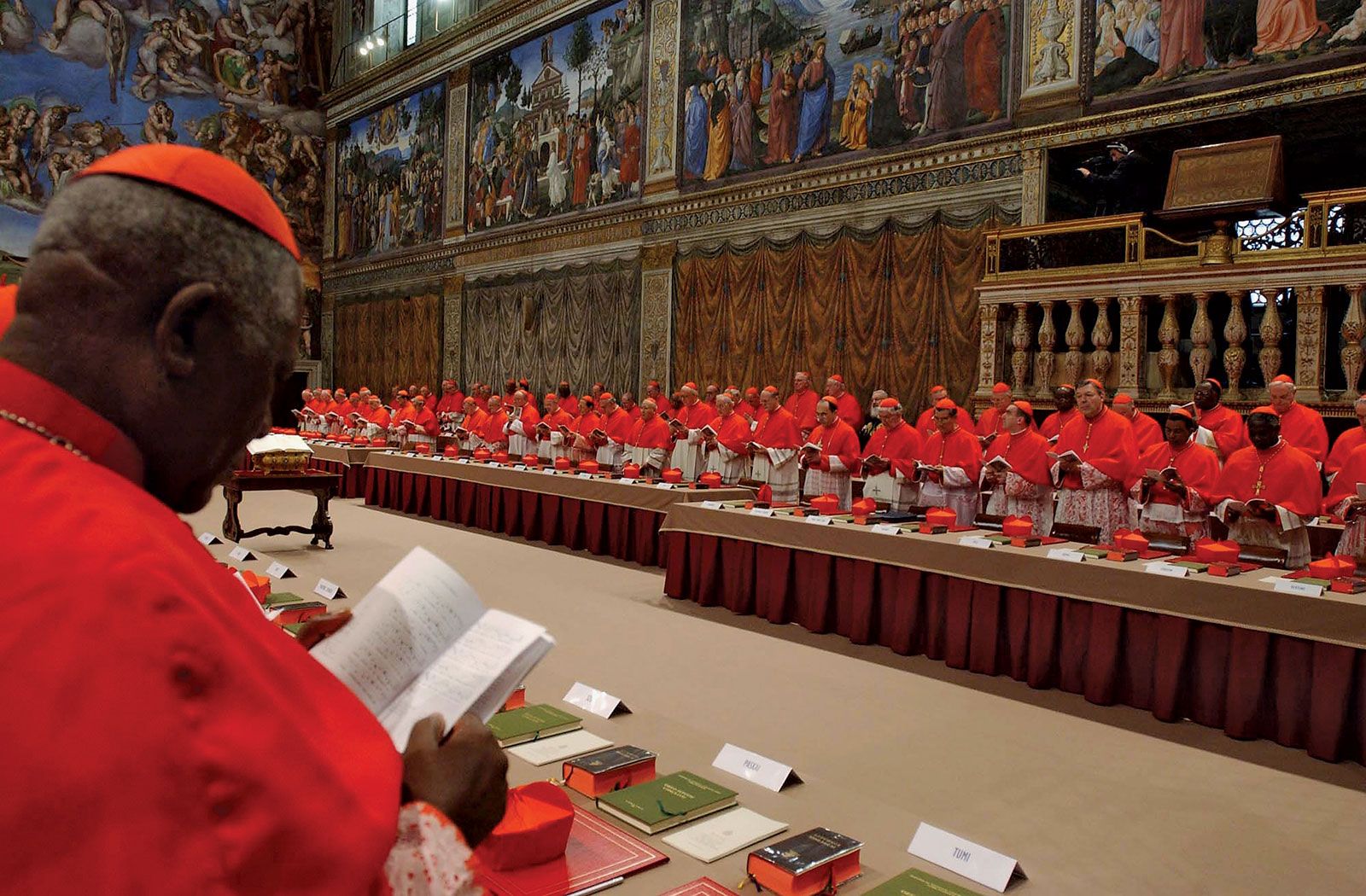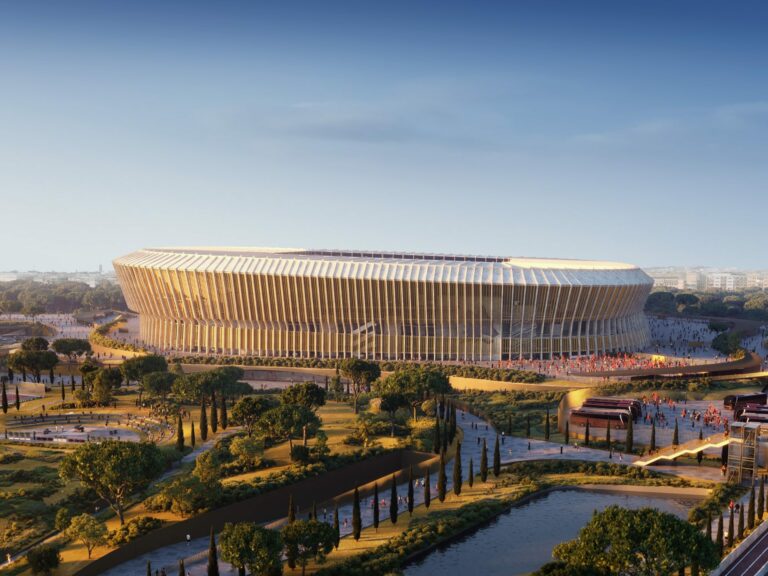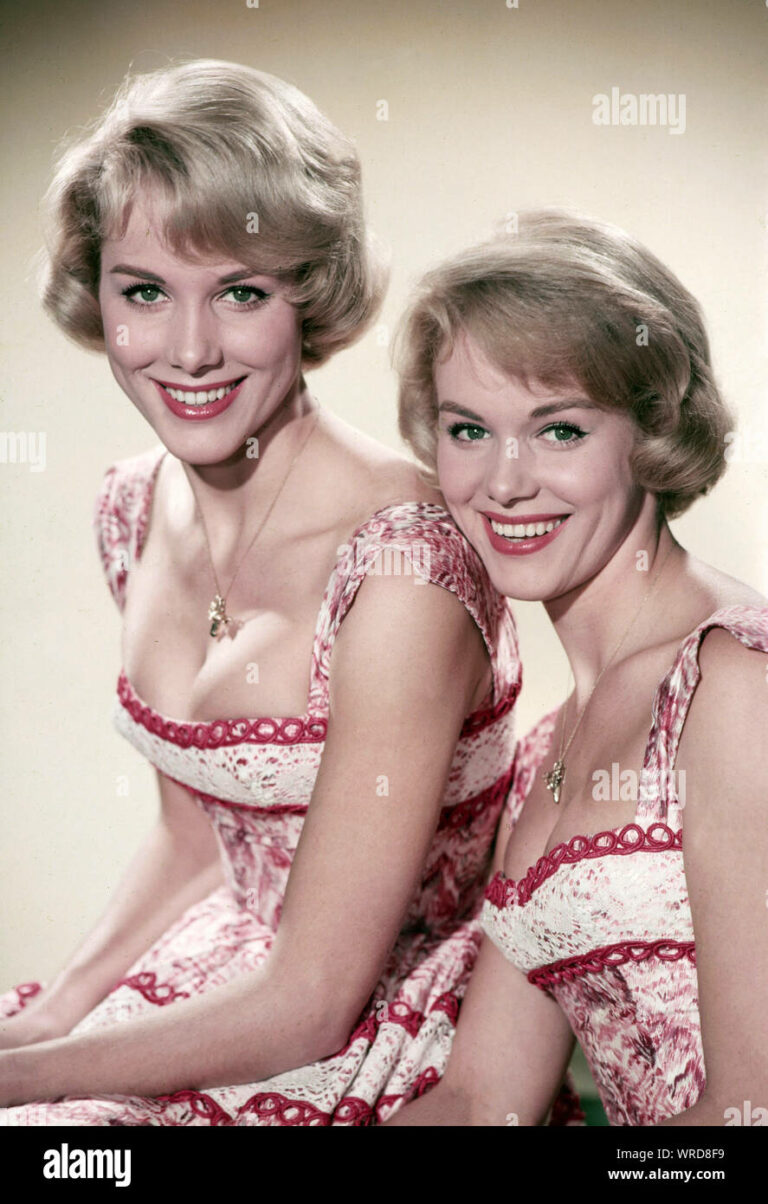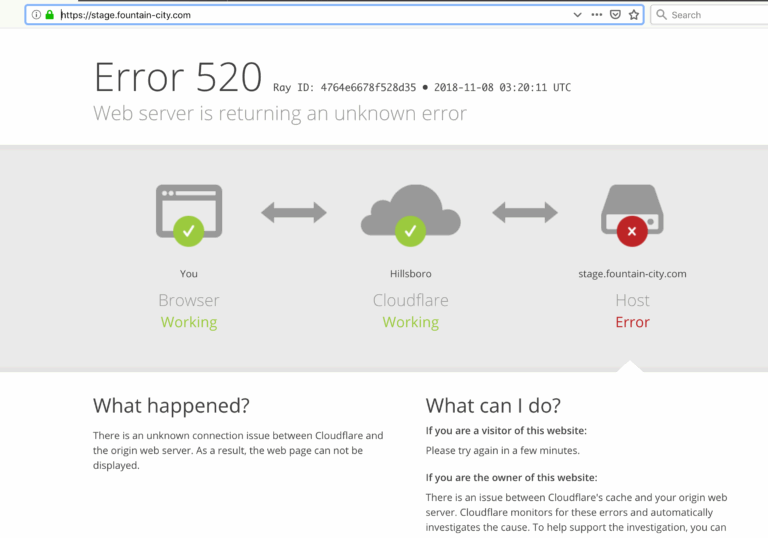Papal Conclave: The Process of Selecting a New Pope
The Papal Conclave is a significant event in the Roman Catholic Church, marking the process by which cardinals convene to elect a new pope following the demise or resignation of the previous pontiff. This ritual not only carries deep spiritual implications but also reflects the governance and organizational structure of the Vatican.
What is the Papal Conclave?
In essence, the Papal Conclave is a secret gathering of Cardinals who are responsible for choosing the new leader of the Catholic Church. These gatherings have taken place since the 13th century, making it a long-standing tradition. The choice of a new pope remains a critical decision made by these senior Church officials, and the implications of their choice resonate throughout the global Catholic community.
The Process of the Conclave
The conclave typically takes place in the Vatican, within the Sistine Chapel. The cardinals, who must be under the age of 80, are invited to participate in the election. During the conclave, the cardinals are sequestered, emphasizing the seriousness and sacredness of their task. They engage in discussions, pray for divine guidance, and cast their votes, all while living under strict regulations that prohibit outside communication.
- Each cardinal votes by writing a name on a ballot. A two-thirds majority is needed to elect a new pope.
- If no pope is elected after several ballots, the cardinals may choose to adjust their voting strategies or discuss pre-election beliefs.
- The outcome is signified to the public by the color of the smoke that emerges from the Sistine Chapel’s chimney: black smoke indicates no election, while white smoke signals the election of a new pope.
The Role of the Cardinals
The cardinals play a crucial role in the conclave. They are not only responsible for the election but also embody the global presence of the Church. With members from various nations, backgrounds, and theological viewpoints, the conclave reflects a diversity that is essential to the Church’s universal outreach. The Senior Cardinal Deacon announces the chosen pope, which is followed by a moment of silence, offering the faithful time to reflect on this pivotal choice.
Pope Francis and His Impact on the Church
Since his election in 2013, Pope Francis has made significant contributions to the Catholic Church, emphasizing a message of empathy, inclusion, and reform. His papacy represents a shift towards a more modern approach in addressing pressing societal issues—combatting poverty, advancing environmental stewardship, and promoting interfaith dialogue. This contemporary perspective challenges traditional norms while remaining true to the Church’s core values.
The Future of the Papacy and Conclave Trends
As the world evolves, so too does the Church and its leadership. The upcoming conclave will undoubtedly be influenced by not only the modern-day challenges faced by the Church but also the cultural dynamics at play. There will be discussions surrounding the Church’s response to global issues such as climate change, social justice, and the role of women in the Church. It is essential for the cardinals to consider how their choice will impact the Church’s relevance and adaptation in an ever-changing world.
Conclusion
The Papal Conclave represents a powerful moment of transition within the Catholic Church, embodying both the tradition and contemporary realities faced by the papacy. As HR professionals and business leaders, reflecting on the processes involved in selecting a pope can offer insights into the governance structures within organizations. Whether it is electing a new leader or adapting to societal changes, the principles of foresight, inclusivity, and thoughtful decision-making remain paramount.
For those interested in learning more about the intricacies of the Papal Conclave and its profound significance, further details can be found at Britannica.
